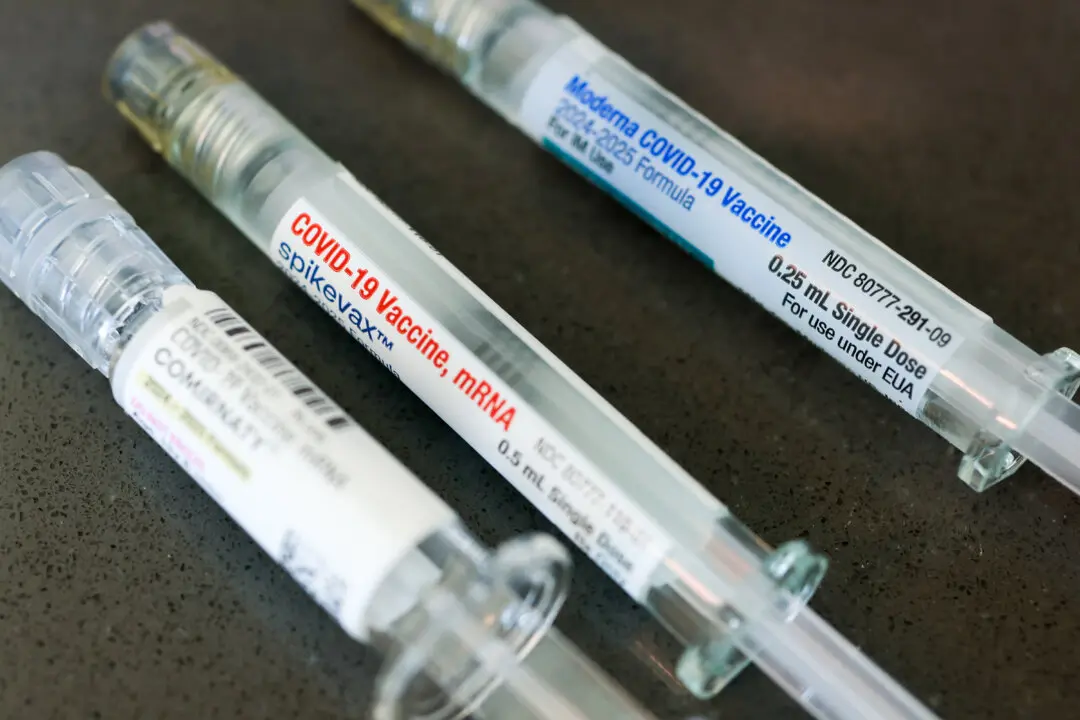Less than 6 percent of medical drugs have high-quality evidence to support their benefits, according to a recent study by the University of Oxford.
The study found that, of the 1,567 eligible medications tested within Cochrane Reviews from 2008 to 2021, more than 94 percent weren’t supported by high-quality evidence.






